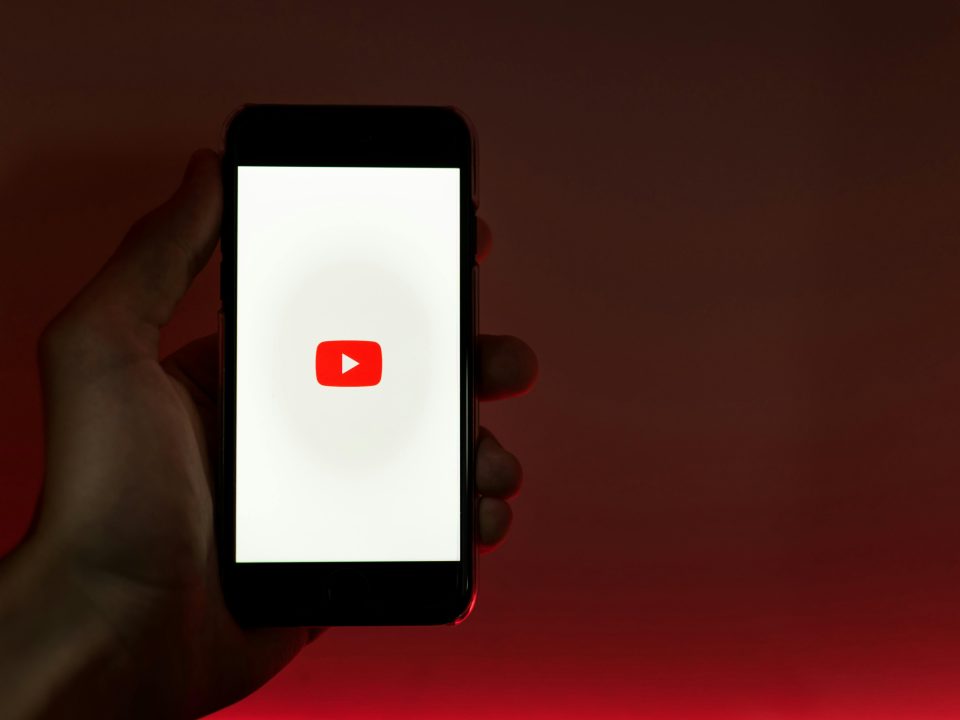
How Google Business Profile Supercharges Small Business
June 3, 2024
How SEO Services Boost Your Business
September 26, 2024The graphic design industry has experienced a transformation due to the introduction of artificial intelligence (AI). AI has enormous potential to revolutionize the graphic design industry as it develops at a rapid rate. This article will examine the ways in which artificial intelligence (AI) is changing the graphic design sector, from producing novel ideas to automating repetitive activities to encouraging teamwork.
The Power of AI in Graphic Design
Artificial Intelligence has the ability to greatly simplify the visual design process. Designers can free up their time to concentrate on more creative and strategic parts of their job by automating repetitive processes like picture editing, logo design, and typography. AI-powered tools can also produce design concepts according to predetermined standards, providing designers with more possibilities to consider.
Matching Designs with People’s Choices
A highly intriguing use of AI in graphic design is its capacity to align designs with user preferences. Large volumes of data can be analyzed by AI algorithms to determine the trends and preferences of customers. Marketing campaigns can be made more effective by using this information to build designs that are more likely to connect with the target demographic.
AI’s Impact on the Advertising Industry
The application of AI to visual design has enormous potential benefits for the advertising sector. AI can assist in developing more individualized and targeted advertising strategies, increasing total return on investment. Artificial Intelligence can determine which messaging and visuals are most effective in reaching particular demographics by monitoring consumer behavior and preferences.
Income Opportunities for Freelancers
Additionally, AI may create new revenue streams for independent graphic artists. There will be an increasing need for designers who can use AI tools to produce unique, high-quality designs as AI automates some processes. AI-powered design tool experts will be in a good position to profit from this new trend as freelancers.
Financially Benefited for Customers
Financial gains can also be made by customers using AI-powered visual design. AI can lower the overall cost of design services by automating some operations. This can help companies of all sizes have easier access to premium design, enhancing their marketing campaigns and brand image.
Challenges and Considerations
Even if AI has a lot of potential applications in graphic design, there are still issues and concerns that need to be taken into account. The possibility that AI will completely replace human designers is one cause for concern. AI is probably going to enhance human ingenuity rather than take its place.
Making sure AI-generated designs are impartial and morally sound presents another difficulty. To prevent damaging stereotypes or prejudices from being perpetuated, it is crucial to create AI systems that are trained on a variety of representative datasets.
The Future of Graphic Design with AI
AI has a bright future for graphic design. As AI technology develops further, we should anticipate seeing even more imaginative and inventive uses. Embracing AI and utilizing its potential, graphic designers may improve their work, produce more powerful designs, and help the industry flourish.
Conclusion
AI has the potential to completely transform the graphic design sector by producing fresh concepts, automating processes, and increasing the efficacy of advertising campaigns. Although there are obstacles to be solved, artificial intelligence has enormous potential advantages. Graphic designers can set themselves up for success in the digital age by learning about the capabilities and applications of artificial intelligence.




